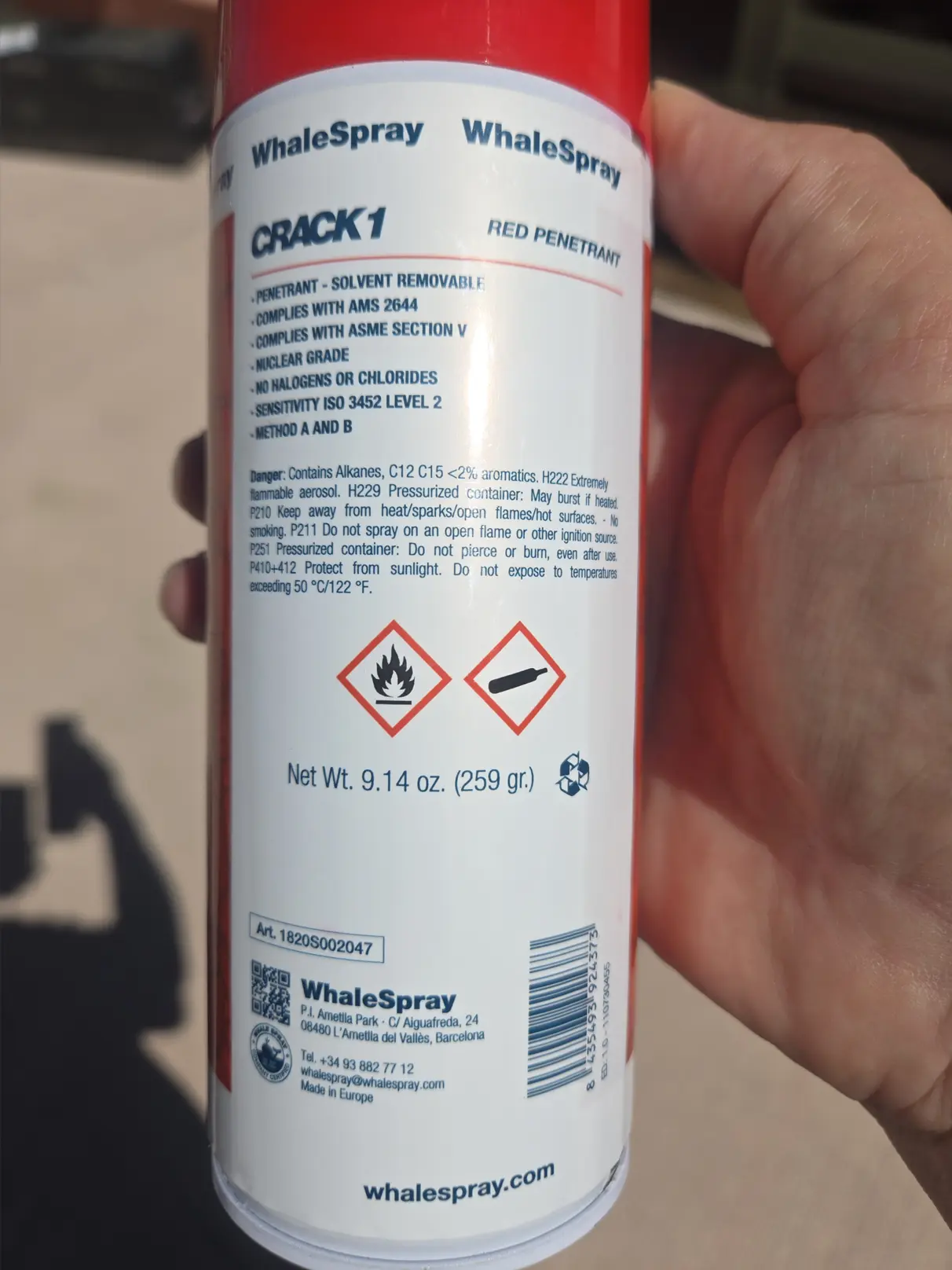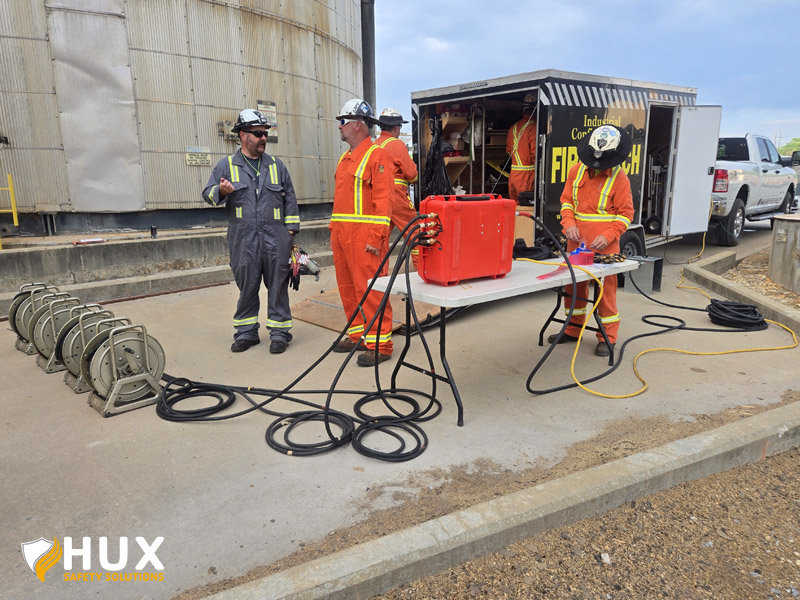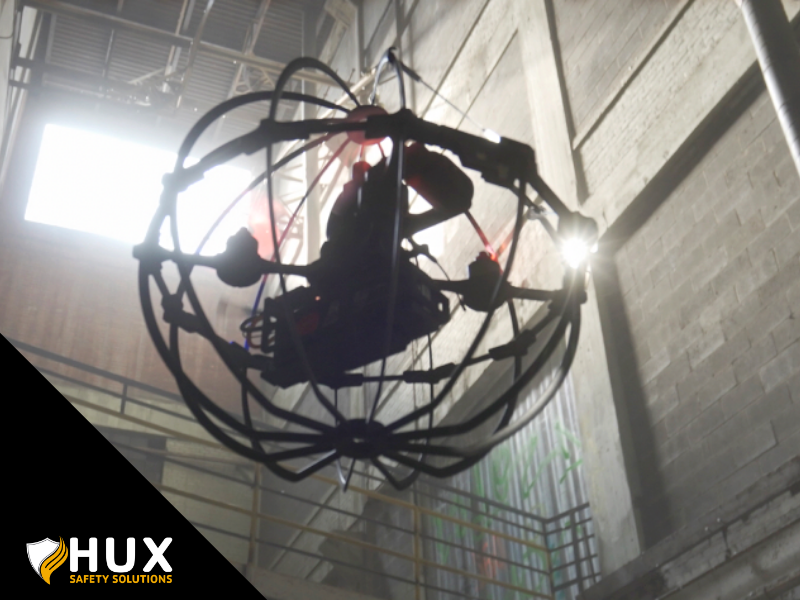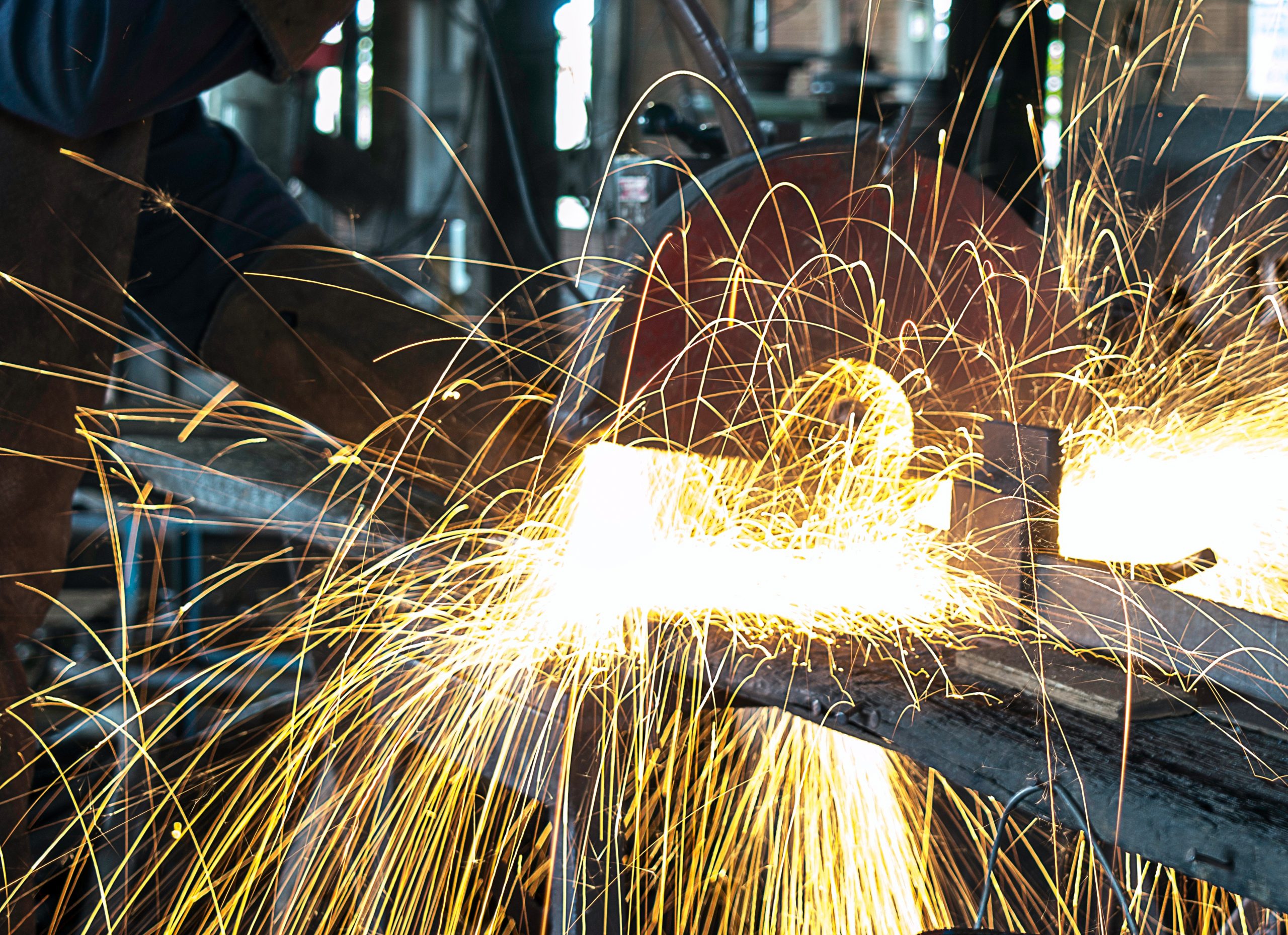Last Saturday, our team served as the rescue and attendant crew for a confined space job permitted for welding only. Atmospheric monitoring was set up using a 4-gas meter calibrated to pentane for LEL, and early readings appeared safe.
When we teach confined space safety, the 4-gas monitor is standard fare. But sometimes, real risk hides in what it doesn’t show. That was the case recently during a tank cleaning operation in a pharmaceutical facility—where a subtle ventilation misstep let VOC levels climb far beyond acceptable exposure thresholds, without triggering a single alarm.
In confined space work, there’s no margin for error—and when Volatile Organic Compounds (VOCs) enter the atmosphere, that margin disappears entirely. While most teams rely on standard 4-gas meters, these tools are often blind to VOCs that can quickly turn a routine entry into a life-threatening situation.
At Hux Safety Solutions, we’ve seen firsthand how overlooked VOCs in confined spaces can catch even seasoned professionals off guard. Here’s why it’s time to raise the bar on atmospheric monitoring—and how to do it without overcomplicating your toolbox.
What Are VOCs—and Why They’re a Confined Space Threat
VOCs are gases that evaporate at room temperature from fuels, cleaners, adhesives, and industrial byproducts. They’re often invisible, but in confined spaces—where ventilation is limited—the risks skyrocket. Health effects range from dizziness and irritation to long-term damage and even flammability hazards.
Why Your 4-Gas Meter Might Be Lying to You
Standard 4-gas meters are great at detecting oxygen, carbon monoxide, hydrogen sulfide, and combustible gases—but they're often calibrated using reference gases like methane or pentane. VOCs don’t behave like those gases, so the readings can be dangerously misleading.
What Your LEL Sensor Isn't Telling You
Let’s say your meter reads 10% LEL, which is typically the low alarm setting. If the VOC present is toluene (common in paints and adhesives), its correction factor is around 0.56. That means the actual LEL is:
10 ÷ 0.56 = ~18%
At 20% (standard high alarm), the real reading is 36%. You could be steps away from an explosive environment and not know it.
|
Meter Reading (Methane Cal) |
VOC Present |
Correction Factor |
Actual %LEL |
Risk Level |
|
10% (Low Alarm) |
Toluene |
0.56 |
~18% |
Underestimated risk |
|
20% (High Alarm) |
Toluene |
0.56 |
~36% |
Highly elevated, reactive |
|
50% |
Toluene |
0.56 |
~89% |
Approaching explosive range |
PIDs: The Real VOC Workhorse
Photoionization Detectors (PIDs) use ultraviolet light to ionize VOCs and provide accurate ppm-level readings. They aren’t influenced by correction factors—and can tell you exactly what’s in the air. But their effectiveness depends on understanding Ionization Potential (IP).
Understanding Ionization Potential (IP)
Each VOC has a unique IP. Your PID can only detect compounds whose IP is lower than the lamp's eV output.
Common examples:
- Toluene: 8.8 eV → detectable with a 10.6 eV lamp
- Hexane: 10.2 eV → detectable with a 10.6 eV lamp
- Formaldehyde: 10.88 eV → requires an 11.7 eV lamp or dedicated sensor
Check the SDS (Section 9), the PID’s chemical library, or NIOSH data to find the IP of your target chemical.
Field Example: From Paper Mills to Resin Vessels
At a paper plant, we helped assess NCGs (Non-Condensable Gases) by working with the crew to identify worst-case LELs. Our PID ensured accurate detection where a 4-gas meter would’ve fallen short.
In another case, we were monitoring formaldehyde inside a resin vessel. Once complete, we easily pivoted to hexane using the PID’s onboard library—no hardware swap needed.
Monitoring Tool Comparison
|
Tool |
Detects VOCs? |
Strengths |
Limitations |
|
4-Gas Meter (Standard) |
Limited |
Widely used, simple |
Misses VOCs, misleading LEL with correction factors |
|
PID (10.6 eV Lamp) |
Yes (some) |
Broad range, fast readings |
Won’t detect high-IP VOCs like formaldehyde |
|
PID (11.7 eV Lamp) |
Yes (more) |
Detects higher-IP VOCs |
Shorter lamp life, more maintenance |
|
Formaldehyde-Specific Sensor |
Yes |
Precision, targeted |
Single compound only |
|
MultiRAE with PID & Library |
Yes |
Switch targets via onboard library in real time |
Sensor setup still depends on lamp and VOC match |
Confined Space VOC Monitoring Best Practices
- Know your space and chemical hazards
- Know your gear—match lamp eV to VOC IP
- Use worst-case assumptions for unknowns
- Train your team to know when a PID is necessary
- Use flexible tools like MultiRAE to respond in real time
Final Thoughts
Confined space safety isn’t about checking boxes—it’s about identifying unseen threats and using the right tools to stay ahead of them. VOCs demand more than trust in a 4-gas meter. At Hux Safety Solutions, we help you take the guesswork out of your atmosphere.
Let’s make every breath count.
Drone Inspection for Confined Spaces increases safety, decreases downtime, and saves money.
Traditional methods of confined space inspection, such as using ropes and scaffolding to send personnel into confined spaces to check for oil and gas leaks and other hazards, are dangerous, time-consuming, and costly. Confined spaces pose some of the most precarious jobsite risks to workers, including entrapment and exposure to toxic gasses. And not only is manual confined space inspection rampant with risk—it’s also lacking in effectiveness.
Fire is the biggest fear in the industrial manufacturing and construction industries.
The 2019 National Fire Protection Association (NFPA) report, “Structure Fires Caused by Hot Work”(any work involving burning, welding, or a similar operation that is capable of initiating fires or explosions), found that 4,630 structure fires per year involved hot work. The consequences were devastating: an average of 15 civilian deaths, 5 firefighter deaths, 198 civilian injuries, and $355 million in direct property damages per year.





